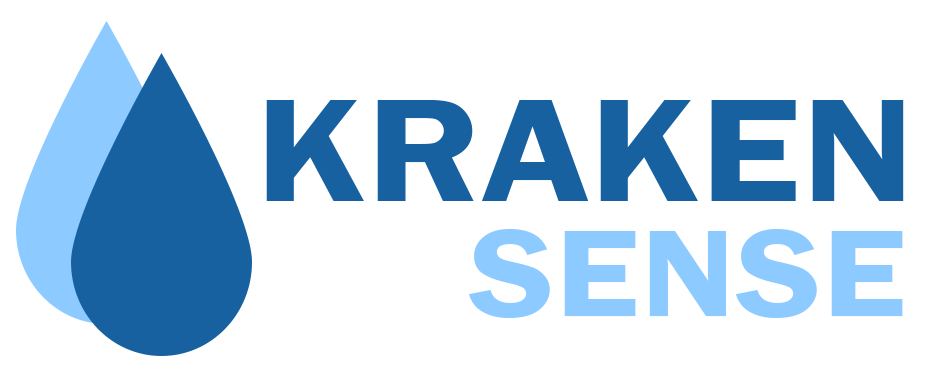Surveillance of Legionella pneumophila in Building Water Systems with Kraken Sense
Legionnaires’ disease may sound like a relic of the past, but outbreaks are still happening today, often silently and without warning. Caused by the bacterium Legionella pneumophila, this severe form of pneumonia poses a serious threat in large building complexes, especially hospitals, hotels, long-term care homes, and office towers. While not spread person-to-person, infection can occur simply by inhaling tiny droplets of contaminated water from plumbing systems, decorative fountains, or HVAC cooling towers. With increased attention to indoor air and water quality, the demand for fast, reliable detection of L. pneumophila has never been more urgent.
What is Legionella pneumophila?
Legionella pneumophila is a Gram-negative bacterium that thrives in warm, stagnant water. It becomes dangerous when it multiplies in building water systems and spreads through aerosolized droplets. Cooling towers, showers, spas, faucets, and decorative fountains have all been sources of past outbreaks. The mip (macrophage infectivity potentiator) gene is widely used by public health labs to identify and confirm L. pneumophila in environmental samples because of its high specificity and reliability.
While L. pneumophila can affect anyone, older adults, smokers, and individuals with chronic illnesses or weakened immune systems are at much higher risk of developing Legionnaires’ disease or the milder Pontiac fever. Symptoms of Legionnaires’ can include:
High fever and chills
Cough (sometimes with mucus or blood)
Muscle aches and fatigue
Shortness of breath and chest pain
Gastrointestinal symptoms like nausea or diarrhea
When not treated promptly, Legionnaires’ disease can lead to respiratory failure, sepsis, or even death. According to the CDC, about 1 in 10 cases are fatal, with that number rising to 1 in 4 for those infected in healthcare facilities.
The Hidden Risk in Plumbing Systems
Despite being preventable, outbreaks still occur because L. pneumophila is difficult to monitor. The bacteria thrive in biofilms within pipes, particularly in dead-end plumbing, underused showers, and water tanks with fluctuating temperatures. Traditional lab testing can take several days to return results, during which time people may already be exposed.
Some of the most well-known outbreaks have occurred in high-occupancy buildings:
A 2015 outbreak at a Bronx housing complex infected over 120 people and led to 12 deaths
A 2019 incident at a North Carolina state fair hot tub display caused 142 illnesses and 4 deaths.
A 2022 healthcare facility outbreak in California infected multiple immunocompromised patients, prompting major infrastructure overhauls.
These cases highlight the pressing need for routine, rapid surveillance of building water systems, not just reactive testing after people get sick.
Kraken Sense: Real-Time Legionella Detection
Kraken Sense transforms building water safety by detecting L. pneumophila in less than an hour, compared to the 5–10 days often required for traditional culture testing. Using qPCR technology.
By automating detection, Kraken Sense removes the guesswork and delay from traditional testing. Facilities don’t have to wait for results; they can act the moment a problem is identified.
A Smarter Future for Water Safety
Routine monitoring of Legionella pneumophila is no longer a luxury; it’s a necessity. As climate change, urbanization, and aging infrastructure create ideal conditions for waterborne pathogens, the only effective defense is real-time surveillance. Kraken Sense is helping facilities get ahead of these threats, protecting both public health and reputations.
Conclusion
Legionella pneumophila may be invisible, but its impact is not. Outbreaks can devastate communities, overwhelm healthcare systems, and cost lives. Kraken Sense offers a game-changing approach to water safety by detecting this deadly pathogen early, often before anyone gets sick.
As building environments become more complex, smarter tools like Kraken Sense will be central to protecting public health and ensuring peace of mind for everyone, from facility managers to the people who walk through their doors each day.
